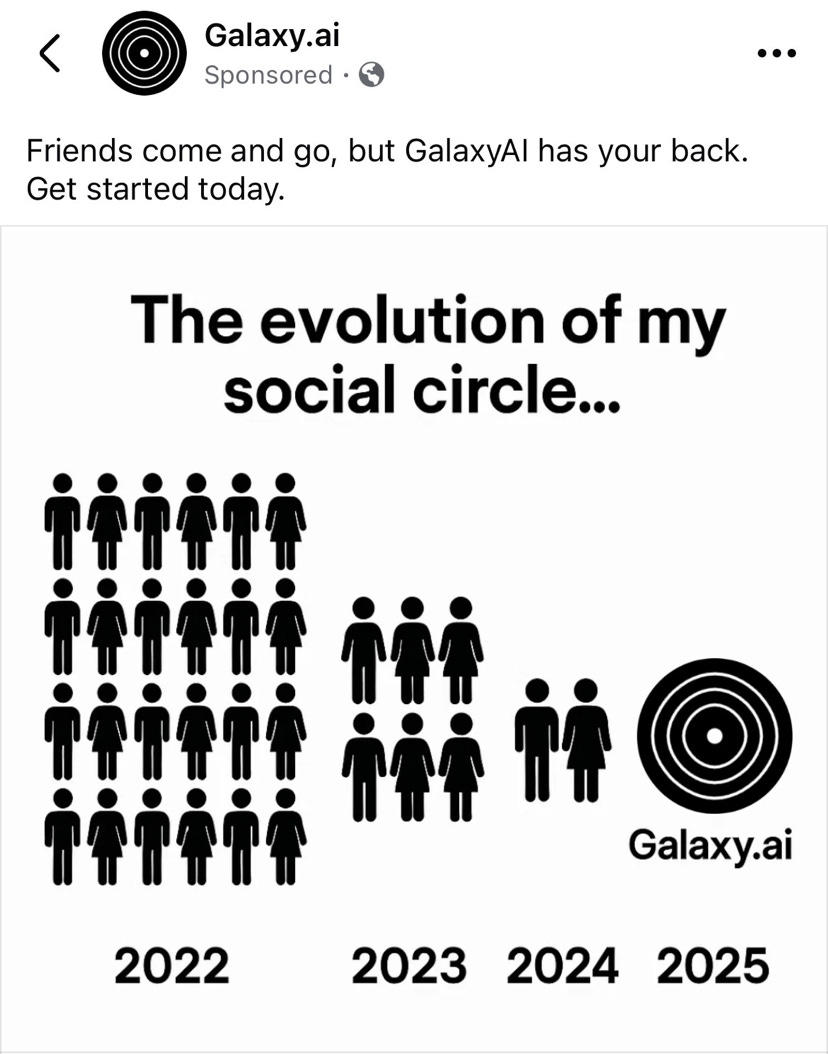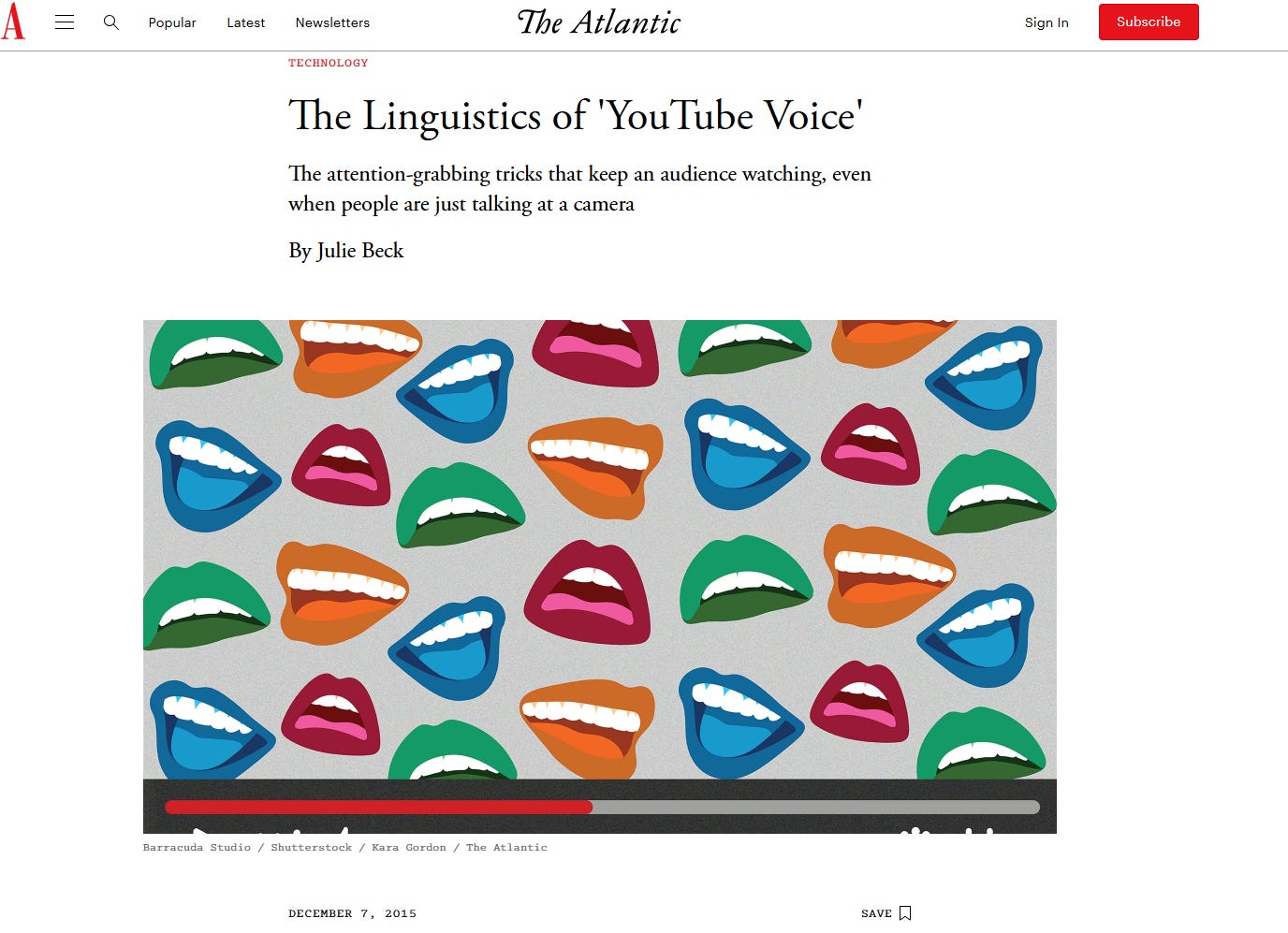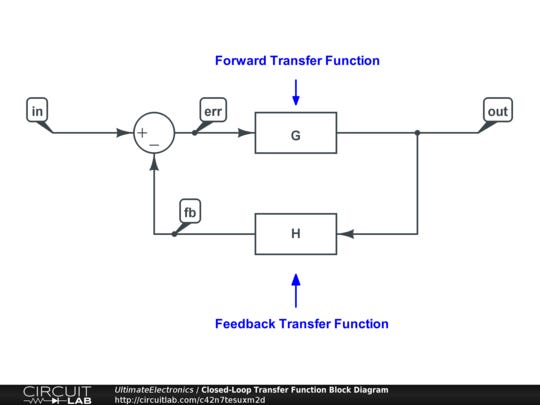Media Hygiene: A User's Guide To Your Own Brain
Why Catfishing Feels So Icky And What To Do About It
Authors Note: 🎆Enjoy the 4th of July!🎉
Nigel the lonely gannet died alone in 2018.
He was an attractive bird—by all bird accounts—but never mated again after falling in love with a concrete decoy.
His targeting instinct was confused by the decoy and led him to ruin.
Pine tip moths date, mate, and procreate by smell.
Females emit pheromones that males are attracted to.
Farmers isolated the pheromones—intensifying them in the process—and put them into traps for males.
The males are blinded by the intensity of the synthetic ones.
They fly into the traps and are unable to escape.
Their targeting instincts were confused by the decoy and led them to ruin.
Forget the pool boy—your phone can do
The NYT ran an article a few months ago about a [married!!] woman who had picked up an AI boyfriend.
Humans have a complicated set of conditions needed for mating—and for women, many of them are mental, not physical.
Because they’re in the brain, different inputs (e.g. text vs sound waves) can still simulate the same mental outputs (feeling of being seen).1
I haven’t seen a follow up story on the couple in the article since then.
But I imagine the relationship between human husband and AI boyfriend has grown strained.
If I have to predict the future, I’d guess: Her targeting instincts were confused by the decoy and led her to ruin.
Humans’ Switch to Digital is New
In 2021, Americans sent 2 trillion texts.
Just in case your eyes slid over that number without actually reading it, that’s 2,000,000,000,000 texts—or roughly 65,000 a second.
Vast swaths of communication now happen entirely digitally.

There’s no way that even 1/10th of the information transmitted in the same year was by word of mouth—the default for all of human history.
Luckily equally vast swaths of human experience haven’t changed with that switch.
Right?
Reddit’s large community of “AI Boyfriends”2 isn’t concerning at all.
Maybe our new mental shorthand for ‘talking’ really is starting to take a toll on us.
⬆️ I’ve written more in depth about a medium’s effect on a message more in depth here.
Do we really want to do this?
Why Media Theory Matters To You
You need to understand (a little bit of) media theory to keep yourself healthy.
These emotional shipwrecks3 are stark examples of failed media theory.
This sounds esoteric, but it’s because we’re running into problems that humans have never really had to deal with.
We already take for granted safe driving habits and industrial hygiene.
Unfortunately for modern humans, we also need to practice a new media hygiene4
In this post, we’ll cover:
How we evolved natural safeguards against imposters
And why they no longer work
How to protect yourself and why understanding media theory is a shield against "brain-jacking"5
Our Natural Communication Defenses
Communication, in its traditional form, has always relied on a set of natural checks and balances.
These inherent safeguards include:
Visual cues: Body language, facial expressions, and physical presence.
Auditory signals: Tone of voice, inflection, and verbal nuances.
Informational context: Shared physical environments and real-time feedback.
These elements have evolved over millennia to help us navigate social interactions and detect deception or manipulation.
However, the advent of electronic communication has severed many of these natural checks, creating a new paradigm in human interaction.
Consider “catfishing"6 - where individuals create false online personas to deceive others.
You might be ‘talking’ to someone for months, unknowingly interacting with a persona who only exists in the digital realm.
Digital communication can bypass our evolved defenses, leading to emotional manipulation and potential harm—who wouldn’t feel betrayed by a ‘loved one’ defrauding them. And even worse: not existing in the first place.
The emotional impact of such deception can be profound, leaving victims feeling betrayed, isolated, and questioning their judgment.
Trojan Horses: When Your Defenses Fail
Media theory provides a framework for understanding how technology shapes and alters human interaction.
New communication technologies emerge. They deviate from the natural checks and balances that have governed human interaction for millennia.
This deviation has unforeseen7 consequences in how we perceive and engage with the world around us.
Marshall McLuhan's famous assertion that "the medium is the message8" becomes increasingly relevant in our age.
Adding smartphones to a family doesn't create a 'family plus smartphones.'
The technology changes the family into something different than what it was before
He suggests that the medium through which we communicate fundamentally alters the nature of the message itself.
In the context of digital communication, this means that our interactions are not just influenced by the content we share, but also by the very platforms and technologies we use—and are used by—to share it.
For example, the brevity enforced by platforms like Twitter can lead to oversimplification of complex issues, while the visual nature of Instagram can prioritize appearance over substance.
The ways that people consume content affect how it’s created:
Understanding these medium-specific influences is crucial for navigating the digital landscape effectively.
Extranet Shaquille has a great video about the different audiences and expectations that Shorts vs traditional YouTube videos bring to the table.
Ignore the clickbait title—its actually great
Case Study: Falling in Love with AI
The wildest example in the realm of digital interaction is the development of strong emotional attachments to AI tools.
It seems that the appeal for AI relationships is much like fast food to health—you consciously know it’s not the real thing, but it’s so much easier that its attractive.
These cases highlight several key (traditionally only-human) psychological phenomena:
Projection: Users often project their desires and ideals onto the AI, seeing what they want to see rather than what's actually there.
Fulfillment of salient emotional needs: AI chatbots can provide a sense of companionship and understanding, filling emotional voids in users' lives. Even though this form of ‘companionship’ is a facade, it’s better than the feeling of nothing.9
Absence of apparent judgment: Unlike human relationships, AI interactions are free from the fear of rejection or judgment, creating a "safe space" for users to express themselves.
This phenomenon connects directly to Jean Baudrillard's ideas on hyperreality and simulation.
In Baudrillard's framework, the line between reality and simulation can blur, leading to a world where simulated experiences can feel more "real" than actual reality.
The emotional attachments formed with AI chatbots exemplify this concept.
Users feel real emotional response from synthetically generated inputs.
Users engage with a simulation of human interaction that, in some ways, surpasses their real-world experiences.
Vulnerabilities in Digital Communication
The concept of "brain-jacking" refers to the exploitation of our cognitive processes through digital means.
This can take many forms, from targeted advertising that plays on our subconscious desires to sophisticated scams.
Common Vulnerabilities:
Building False Consensus: By altering digital communities (through moderation or algorithmically), people can develop false senses of what is ‘popular’ or ‘accepted’.
Mere Exposure Effect: Affinity can be artificially generated through repeated exposure
Pre-Defined Conclusions: Content that moves quickly (e.g. YouTube or The Daily Show) reduces the time for someone to ruminate on an idea—instead, a pre-determined perspective and conclusion can be used to tie up the idea and then move on. Longer form work (e.g. books) discourages deeper consideration
Spotlight Effect: People already overestimate how much others pay attention to their behavior. Now that social media wants to train AI to ‘comment’ and interact with posts, this can be used to modify behavior.
Isolation from Emotional Regulation: The intensity of emotional invective thrown around the internet is higher than normal conversations. Without a disapproving stare or uncomfortable shifting from bystanders, the intensity can be artificially dialed up.
Understanding who (and how many) you're truly communicating with in the digital realm is paramount.
The anonymity, moderation, and distance provided by digital platforms can be exploited by those with malicious intent.
You’ll occasionally see someone with hot sports opinions immediately back off when it’s shown that those beliefs are not held in another audience (esp. IRL)
What Should I Do?
There’s no way to look ‘normal’ and be conscious of your media use.
There’s too much research, funding, effort, and design in each medium to be ‘normal’ and properly aware.
If you’re ok looking a little weird10, you can:
Use Precise Language: Make a conscious effort to use language that accurately reflects your digital actions. Instead of saying "I'm talking to her," when texting, say "I'm sending a text to her number." This precision helps maintain awareness of the medium's limitations.
Evaluate New Mediums: When encountering new technologies or platforms, take time to critically assess them. Consider their advantages and disadvantages, and be aware of their superficial aspects. Ask yourself: How does this technology change the way I communicate? What natural checks and balances might it be bypassing?
Prioritize Non-Digital Communications: While digital communication has its place, remember the richness and depth of face-to-face interactions. Make an effort to engage in physical social activities regularly. Organize a dinner party, join a local running club, or simply spend time in person with friends and family. These real-world interactions help maintain our evolved social skills and provide a balanced perspective on our digital engagements.
By implementing these strategies, we can navigate the digital landscape more safely and effectively, leveraging the benefits of technology while safeguarding our emotional well-being.
Conclusion:
Coal mines were full of horrible growing pains between the start of the industrial revolution and today—lessons were learned from failures and oversights over time.
We have the same journey now through the digital landscape.
Understanding media theory is unfortunately not just an academic exercise, but a practical necessity.
By being mindful of the technological shortcuts we use and their implications, we can (better) protect ourselves from manipulation and deception.
By applying the core insights of media theory to our daily digital interactions, we can harness the benefits of technology while mitigating11 its risks.
A more technical approach to understanding this process:
Each input has a different effect on the process (brain feelings in this case), but all of them do have an effect.
For example, someone giving you a beautiful handwritten love letter matters more than texting the same words.
You can model these by giving each input a different ‘Transfer Function’ to model how it affects the system.
Once you sum up all of the transfer function outputs from all relevant inputs, you get the total system effect.
Unfortunately, you’ve only calculated the total system effect for that one time calculation.
The status of the system (your mood) ALSO has a major effect on the transfer functions for each of the inputs on the next iteration.
Chocolate will improve your mood more if you’re hungry.
Even more complicated, the expectation of a changing moo
Authors note: The AI ‘Boyfriends’—when images are generated—are much more average than I expected. If you’re only bound by the limits of your fantasy, it seems more unusual that the results seem so…mundane.
This suggests that I understand users’ motivations less than I expected.
A pretty good similarity—you can determine that there will be a crash long before it happens. But when something that massive is in motion, you often can do nothing to stop it.
The conscious, intentional manipulation of our cognitive processes through digital means.
This doesn’t include all media, but rather a subset intentionally designed to manipulate. I am including this terminology because propaganda is generally defined as the form of media itself—the ads, the movie plots, etc.
Propaganda generally doesn’t include the algorithmic processes to determine what is promoted.
For example, people might be creating all kinds of baking videos—none intentionally trying to manipulate you, but TikTok might ‘brain-jack’ you by specifically promoting Sourdough content to you—making you believe that you’re the only one not in on the sourdough hobby.
Even though the actual creator was unaware, the emergent phenomenon of systematically promoted sourdough content is a form of manipulation—entirely separate from the creators goals or intent!
See Guy Debord’s “The Spectacle”
Not the act of catching a fish!
I have extremely mixed feelings on if we can call the last century of mass media effects ‘unforeseen’.
Between the myriad warnings about TV, the playbook from Bernays on persuasion, Postman’s famous book about entertainment, it’s not easy to claim unwarned circumstances.
And follow-up, the medium is the massage (sic)
Unfortunately, its just good enough to prevent you from working to find the real thing!
Which you should be! Just because something is unusual doesn’t mean it’s bad!
But never eliminating












